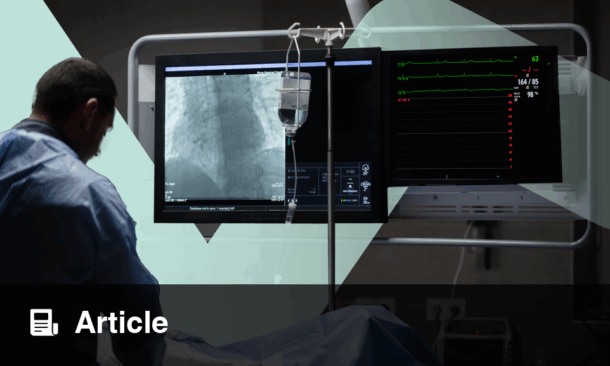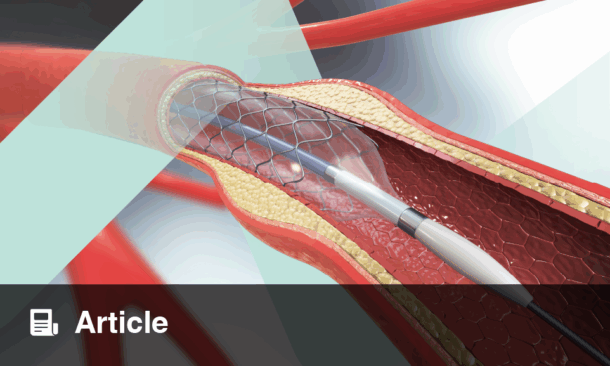A NEW study suggests that measuring coronary inflammation using CT imaging may significantly improve long-term risk assessment following percutaneous coronary intervention (PCI).
Pericoronary adipose tissue (PCAT) attenuation, as visualised by (cCTA), has emerged as a potential biomarker for coronary inflammation. This retrospective study evaluated the prognostic value of PCAT attenuation in patients undergoing PCI with current-generation drug-eluting stents (DES). Researchers analysed data from 490 patients who received cCTA prior to PCI, assessing adverse plaque characteristics, calcified plaque burden, and PCAT attenuation in the proximal right coronary artery (PCATRCA). The primary endpoint was a composite of cardiovascular death, non-fatal myocardial infarction, revascularisation, and stroke, collectively termed the patient-oriented composite endpoint (PoCE).
Over a median follow-up period of 1,540 days, 77 patients experienced PoCE. These individuals had significantly higher PCATRCA values (-76.3±6.4 HU) compared with those without events (-82.5±8.1 HU; p<0.001). Multivariable analysis confirmed that adverse plaque presence (HR: 2.05; 95% CI: 1.26–3.34), greater CP burden (HR: 1.04; 95% CI: 1.02–1.07), and higher PCATRCA (HR: 2.20; 95% CI: 1.63–2.97) were all independently associated with PoCE. Notably, patients with PCATRCA ≥-79.9 HU had a 3.9-fold higher incidence of adverse outcomes compared with those below this threshold. When PCATRCA was incorporated into risk models alongside traditional cardiovascular risk factors and cCTA-based plaque assessments, predictive accuracy and patient risk reclassification improved significantly.
These findings highlight the value of PCAT attenuation as a non-invasive, inflammation-sensitive imaging biomarker with potential to refine risk stratification after PCI.
Reference
Naniwa S et al. Impact of pericoronary adipose tissue attenuation on clinical outcomes after percutaneous coronary intervention. EuroIntervention. 2025;21(11):e605-16.








